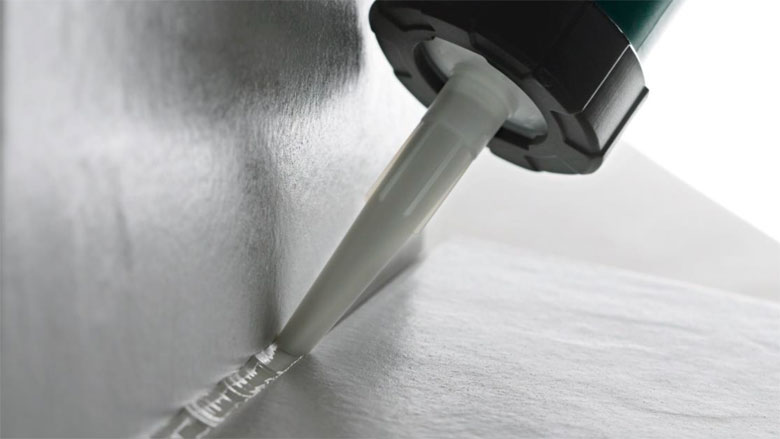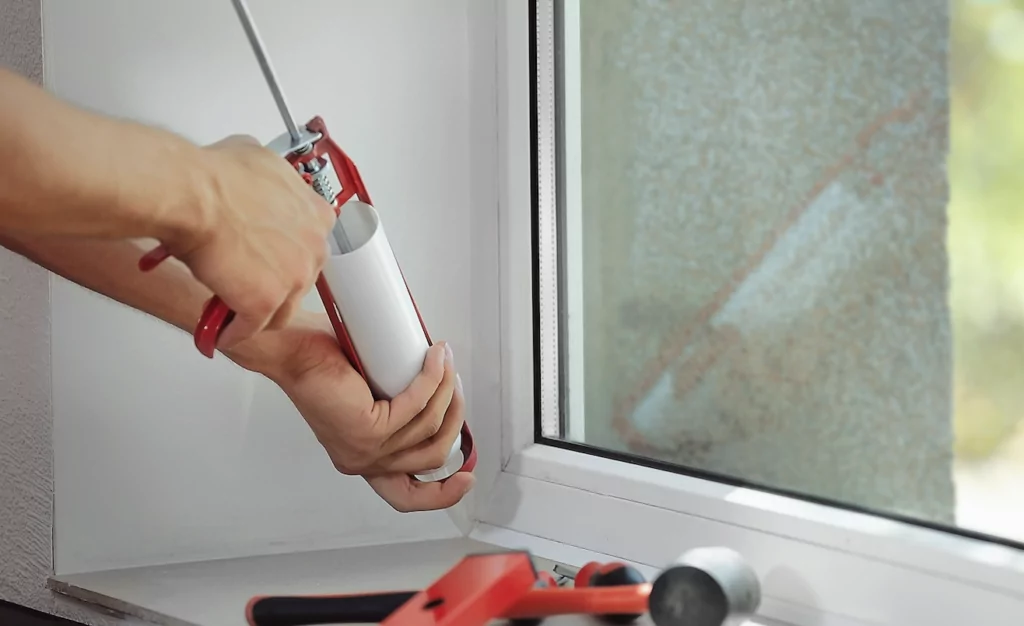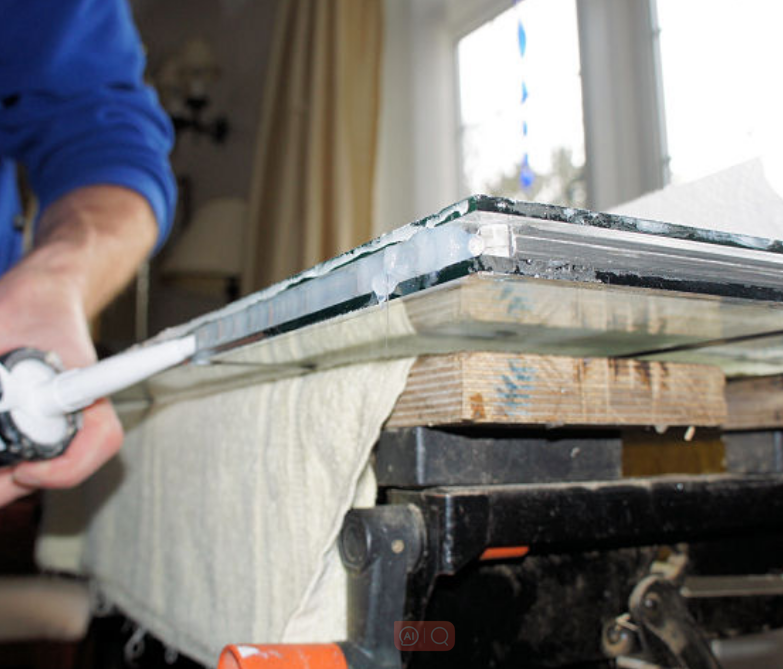CHNGOO Ethan,8th,Nov.,2023
In the realm of construction and DIY projects, the unassuming hero known as glazing sealant plays a pivotal role. Its versatile and flexible nature has made it an indispensable component in the sealing and bonding of glass, a task that demands precision and durability. Glazing silicone, a specialized form of silicone sealant, has taken center stage in this arena, offering unparalleled performance in a range of applications. This essay embarks on an exploration of glazing sealants, shedding light on their uses, specialized varieties, and the distinctions that set them apart from traditional glazes. From double glazing to structural applications, we unravel the intricate tapestry that makes glazing silicone an essential tool in modern construction. As we delve deeper into this multifaceted realm, we will uncover the nuances and intricacies that define glazing sealants, paving the way for a comprehensive understanding of their significance in the world of construction.
![]()
So today we are going to talk about the glazing of silicone sealant

What is a glazing sealant?
At its core, a glazing sealant is a specialized adhesive compound designed for sealing and securing glass panels within frames or structures. Its primary function is to create a watertight and airtight seal, preventing the ingress of moisture, air, and contaminants. This ensures the longevity and structural integrity of the glazing assembly. Unlike traditional glazes, which were often made from putty or other materials, glazing sealants are composed of advanced synthetic compounds, most notably silicone. This modern formulation provides superior durability, flexibility, and resistance to environmental factors. In essence, glazing sealants serve as the unsung heroes, preserving the transparency and functionality of architectural glass installations.

What is glazing silicone used for?
Glazing silicone is specifically formulated for use in glazing applications, where it excels in providing a durable and long-lasting seal between glass panels and their surrounding frames. Its unique properties, including exceptional adhesion and flexibility, make it an ideal choice for sealing joints and gaps in windows, doors, skylights, and other architectural glass installations. Additionally, glazing silicone offers excellent resistance to weathering, UV exposure, and temperature fluctuations, ensuring its effectiveness in various environmental conditions. By embracing the capabilities of glazing silicone, architects and builders can confidently implement glazing solutions that stand the test of time, withstanding the rigors of changing seasons and climates.

What sealant is used for double glazing?
Double glazing, a technique involving the use of two glass panes separated by a layer of air or gas, is a common practice for enhancing insulation and soundproofing in buildings. The sealant used for double glazing must meet stringent requirements to ensure optimal performance. In this context, high-quality silicone sealants, specifically designed for glazing applications, are the preferred choice. These sealants provide excellent adhesion, flexibility, and durability, crucial for maintaining the integrity of the double glazing unit over time. By selecting the right sealant, builders and homeowners alike can enjoy the benefits of enhanced energy efficiency and reduced noise transmission in their living spaces.

What is structural glazing sealant?
Structural glazing sealant represents the pinnacle of glazing technology, enabling architects and builders to create visually striking, all-glass facades and structures. Unlike traditional glazing methods that rely on mechanical fasteners, structural glazing relies on specialized silicone sealants to provide both structural support and a seamless, aesthetically pleasing finish. This type of sealant is engineered to withstand significant loads and stresses, making it an integral part of modern architectural design. By harnessing the power of structural glazing sealants, architects can push the boundaries of design, creating breathtaking structures that seamlessly blend form and function.
What is the difference between a glaze and a sealant?
While both glazes and sealants serve essential functions in the realm of glasswork, they differ significantly in their composition, purpose, and application. Traditional glazes, often made from materials like putty or linseed oil, were primarily used to secure glass panes in wooden frames. They provided a relatively rigid, yet effective, means of holding the glass in place. In contrast, modern silicone sealants, including glazing silicone, are synthetic compounds formulated for superior adhesion, flexibility, and resistance to environmental factors. They are specifically designed to create a watertight and airtight seal around glass panels, ensuring longevity and structural integrity. This fundamental distinction underscores the evolution of materials and techniques in the field of glazing, showcasing the advancements that have elevated the art and science of glasswork.

Conclusion:
The world of glazing sealants stands as a testament to the evolution of construction materials, with silicone taking center stage in this specialized field. From providing essential sealing functions to enabling architectural marvels through structural glazing, silicone sealants have revolutionized the way we work with glass. As we continue to push the boundaries of architectural design and construction, the role of glazing sealants, particularly glazing silicone, becomes increasingly crucial. Its ability to provide durability, flexibility, and resistance to environmental factors has elevated it to a cornerstone in modern building practices. In the tapestry of construction materials, glazing sealants, and their silicone-based counterparts, weave a story of innovation and adaptability, ultimately shaping the future of architectural excellence. With each application, glazing sealants leave an indelible mark, ensuring the transparency and longevity of glass installations for generations to come. As we navigate the intricate world of construction materials, let us celebrate the remarkable contribution of glazing sealants, recognizing them as the unsung heroes that fortify the foundations of modern architecture.